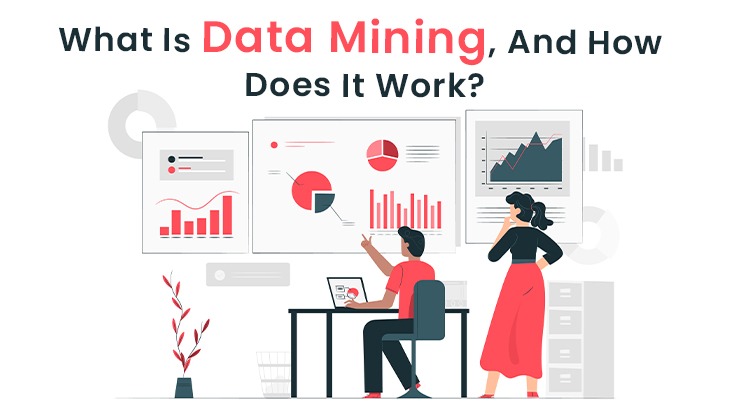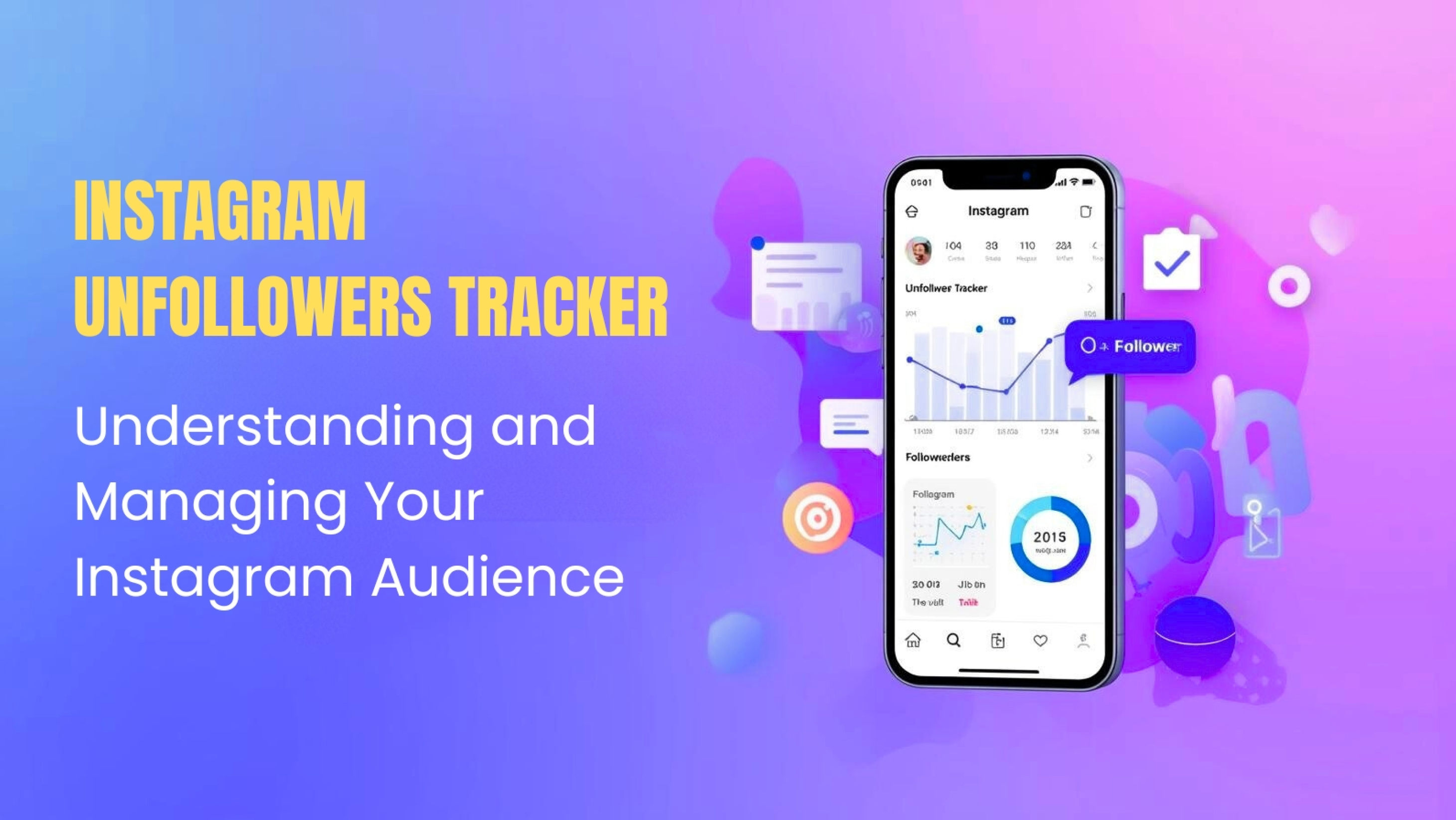There is a lot of data in many businesses, but it's only helpful when it's turned into information. Data mining is the process of extracting data from large amounts of data. Data mining is used in various fields, including market analysis, firm management, fraud investigation, corporate analysis, and risk management. This article provides a quick overview of the data mining process.
Imagine the process of extracting precious earth resources such as gold or diamonds, and you'll have a better understanding of data mining. The objective of data mining, like that of mineral mining, is to extract the most valuable information from massive data sets.
What piques people's interest in data mining? The explanation is simple:
It creates several commercial prospects because of its predictive and descriptive capabilities; hence, it is a technology that can foresee the future and make it lucrative.
Predictive power refers to the ability to use several features to forecast the value of a specific attribute and, as a result, identify one or a few patterns that are interesting, helpful, and descriptive.
A Glance Into Data Mining
Businesses use data mining to transform raw data into useful information. Companies may better understand their customers by using software to look for trends in vast amounts of data. It allows them to build more successful marketing campaigns, improve sales, and cut expenses.
Data mining isn't a brand-new notion born by the digital revolution. The idea has been around for more than a century, but it took off in the 1930s. One of the first instances of data mining was suggested by Alan Turing in 1936 when he introduced the concept of a universal machine that could do computations equal to those performed by current computers.
Since then, we've gone a long way. Businesses use data mining and machine learning to enhance anything from sales operations to financial analysis for investment purposes.
What Role Does Data Mining Play Nowadays?
As a result, data scientists have become increasingly important to businesses throughout the world as they strive to achieve more meaningful goals using data science than ever before. Data mining is the act of analyzing large amounts of data to uncover business information that may assist organizations in solving issues, reducing risks, and seizing new possibilities.
Inspired by the similarities between searching for relevant information in an extensive database and mining for minerals on a mountain, this data science discipline is named. Both techniques involve combing through massive volumes of data to uncover hidden value.
Data mining can provide answers to business issues that were previously too time-consuming to answer manually. Users can uncover patterns, trends, and correlations that they might otherwise overlook by employing various statistical approaches to examine data in multiple ways. They may use the information to forecast what will happen in the future and take action to affect company results.
Data mining comes in handy in various corporate and academic settings, including sales and marketing, product development, healthcare, and education.
When done correctly, data mining may provide you a significant competitive edge by allowing you to understand more about your consumers, develop successful marketing strategies, boost revenue, and save expenses.
How Does Data Mining Work?
Data mining is the process of cleaning raw data, discovering patterns, developing models, and testing such models to understand them better. Statistics, machine learning, and database systems are all part of it. It's easy to mix data mining with analytics, governance, and other data operations since it frequently involves numerous data projects.
This tutorial will define data mining, discuss its advantages and disadvantages, and explain how it works. Data mining has a long and illustrious history.
Computers remained connected with it from the 1960s through the 1980s. Data mining used to be and still is a labor-intensive manual coding technique that requires coding skills and skilled experts to clean, analyze, and assess data mining findings.
To complete data mining procedures correctly, data experts require statistical expertise and some computer language experience. Here are some instances of how businesses have utilized R to address data-related problems. However, some human procedures automate with repeatable routines, machine learning (ML), and artificial intelligence (AI) systems.
Data mining isn't quite the same as data analytics.
As previously said, Data mining is sometimes confused with data initiatives. Projects like data cleansing and exploratory analysis are part of the data mining process, but it's not all of it. Data mining experts clean and prepare data, develop models, test those models against assumptions, and publish those models for use in analytics and business intelligence.
To put it another way, analytics and data cleansing are components of data mining, but they are
just a fraction of the whole picture.
Data Mining's Advantages
Data mining is most useful when used deliberately to achieve a corporate goal, answer business or research questions, or contribute to a problem-solving solution—data mining aids in accurately predicting outcomes, recognizing trends and anomalies, and frequently influencing forecasts.
Furthermore, data mining assists businesses in detecting process gaps and defects, such as supply chain bottlenecks or inaccurate data entry.
Data mining software is hugely beneficial to businesses since it aids in the discovery of hidden patterns for personal use. These patterns help enhance business relationships by being employed in data analysis and forecasting, which raises the chance of success.
Data mining principles and techniques are helpful in a wide range of sectors, including:
- Banking
- Insurance
- Retail
- Social Media
Data mining positively influences the company since it improves planning and forecasting, improves decision-making quality, increases safety and security. This process also provides a competitive edge, lowers costs, aids in acquiring new consumers, perfect client connections, and contributes to creating new goods.
For example, the retail industry might utilize legitimate data mining techniques to collect and analyze consumer behavior and historical sales trends to determine what items and services to provide in the future and which business direction to pursue.
Any firm's marketing department may mine data about consumers using particular tools and datasets for data mining, allowing the company to create the most effective marketing campaign and become one of the most lucrative and competitive in its sector.
Data mining technology empowers businesses with knowledge. However, this technology is difficult to grasp since many companies and people fail to identify data mining algorithms and strategies to enhance their bottom line.
The capacity to sort large data sets to evaluate information and forecast future trends offers new potential for businesses in various industries. Still, such abilities aren't easy to come by. You may rely on data mining companies for information or on our data mining experts for a flexible solution that will help your business grow.
Data mining tools such as SAS, Python, Excel, and others make the process simpler, but they also add complexities for newcomers in this sector, so if you're one of them, call us, and we'll take care of everything.
















Post Comments